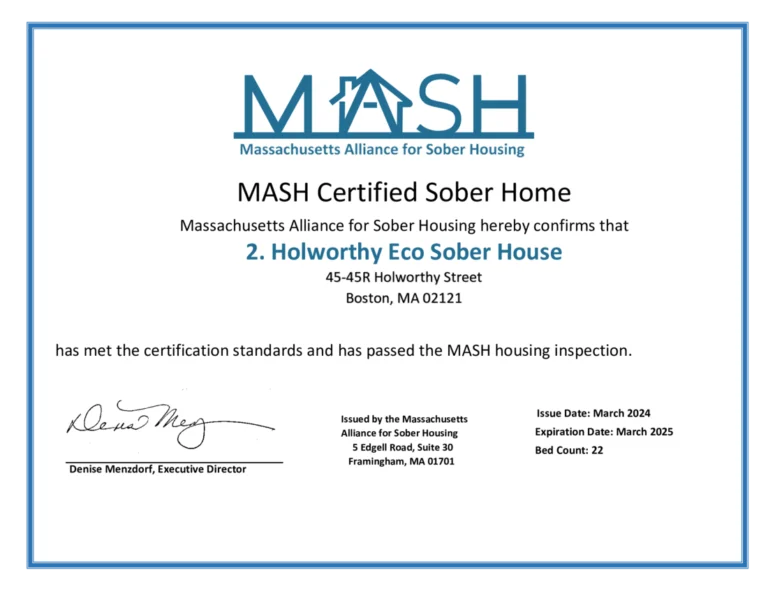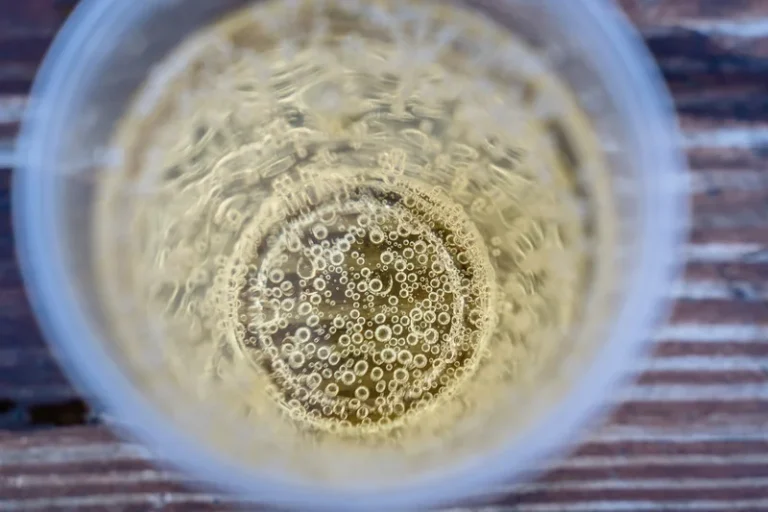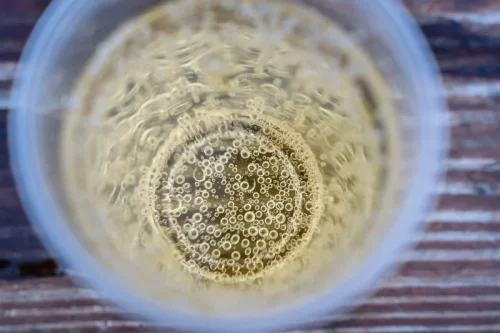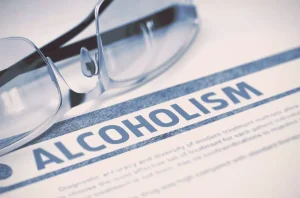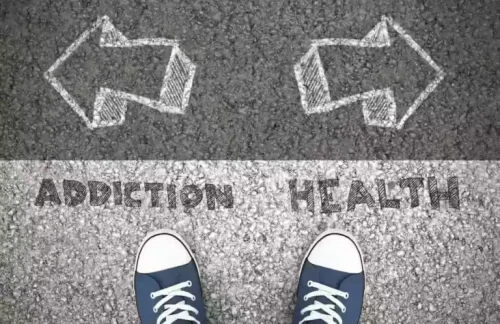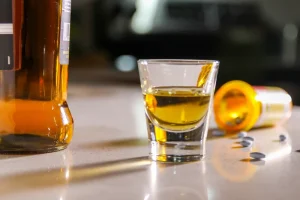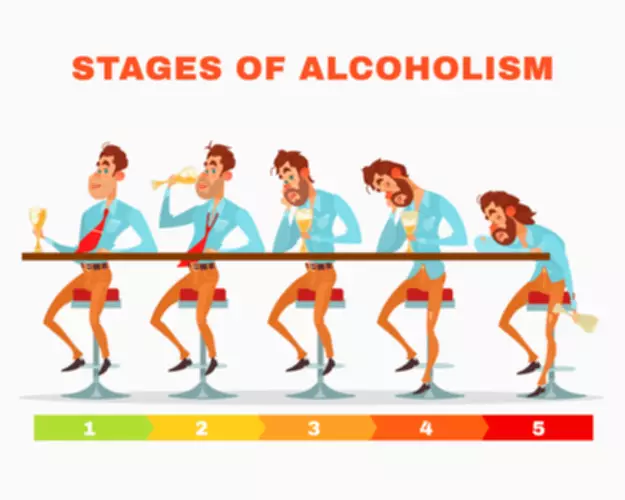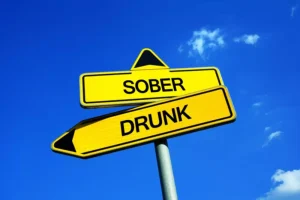
Because the support of family members is important to the recovery process, many programs also offer brief marital counseling and family therapy as part of the treatment process. Programs may also link individuals with vital community resources, such as legal assistance, job training, childcare and parenting classes. Studies show most people with this condition recover, meaning they reduce how much they drink, or stop drinking altogether. They may start drinking to cope with stressful events like losing a job, going through a divorce, or dealing with a death in their family or a close friend.
Pain avoidance in alcohol use disorders
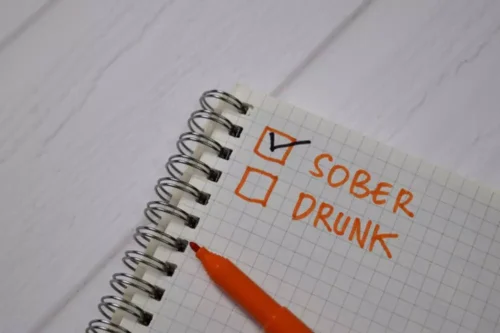
The test is free, confidential, and no personal information is needed to receive the result. Others may want one-on-one therapy for a longer time to deal with issues like anxiety or depression. Alcohol use can have a big effect on the people close to you, so couples or family therapy can help, too. When is it common in society, it can be hard to tell the difference between someone who likes to have a few drinks now and then and someone with a real problem. Certain events or emotional states may trigger a relapse in recovering alcoholics. Being aware of these triggers and knowing what triggers activate you or your loved one may help prevent relapse.
What is unhealthy drinking?
During the detox period is when many people experience alcohol withdrawal symptoms. Since some alcohol withdrawal symptoms can be life-threatening, it’s important https://ecosoberhouse.com/ to speak with your healthcare provider before you stop drinking. Long-term, heavy alcohol abusers may do best by detoxing under medical supervision.
- These medications are prescribed by a primary care provider or other health care provider and may be used alone or in combination with counseling.
- With chronic use, the body adapts to the presence of alcohol and learns to function in its presence.
- Symptoms (which are typically experienced in addition to others caused by alcohol withdrawal) include delirium (confusion), high blood pressure, and agitation.
- During the detox period is when many people experience alcohol withdrawal symptoms.
- Although alcohol abuse is basically different from alcoholism, many effects of alcohol abuse are also experienced by alcoholics.
Online Learning Courses
You should be involved in any referral decisions and have all treatment choices explained to you. When should a person seek help for a problem related to his or her drinking? The National can alcoholism be cured Institute on Alcohol Abuse and Alcoholism (NIAAA) has prepared this booklet to help individuals and families answer these and other common questions about alcohol problems.
- Matching the right therapy to the individual is important to its success.
- But keep in mind that the sooner you get help, the better are your chances for a successful recovery.
- This form of therapy is focused on identifying the feelings and situations (called “cues”) that contribute to heavy drinking and managing stress that can lead to a return to drinking.
- While we are unable to respond to your feedback directly, we’ll use this information to improve our online help.
Alcohol Detoxification: Part of the Treatment
- The Healthline FindCare tool can provide options in your area if you need help finding a mental health specialist.
- Inpatient rehabs offer housing and 24/7 treatment services for people enrolled in them.
- These questions can also help them determine the best treatment option for your needs.
- If your provider suspects that you have a problem with alcohol, you may be referred to a mental health provider.
Treatment Options & Programs

Is It Safe to Drink Rubbing Alcohol?





